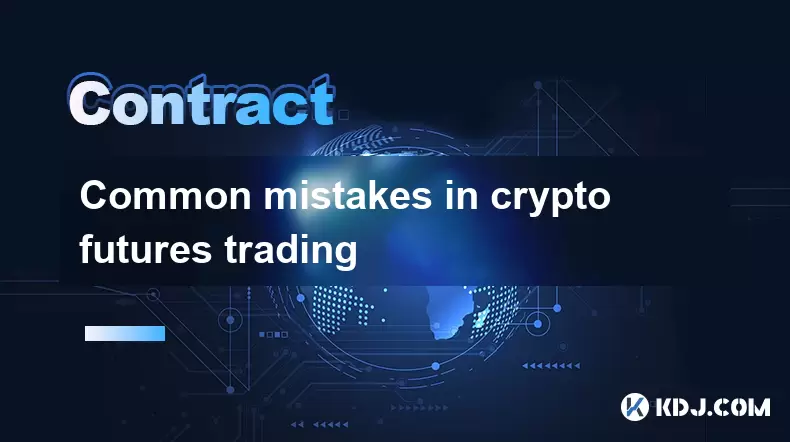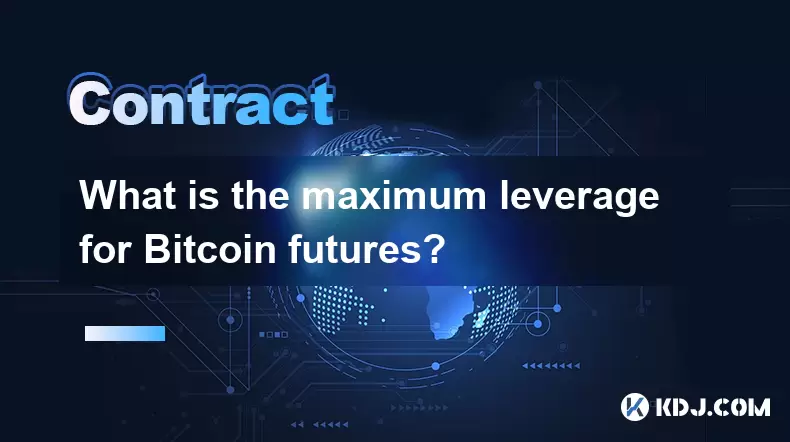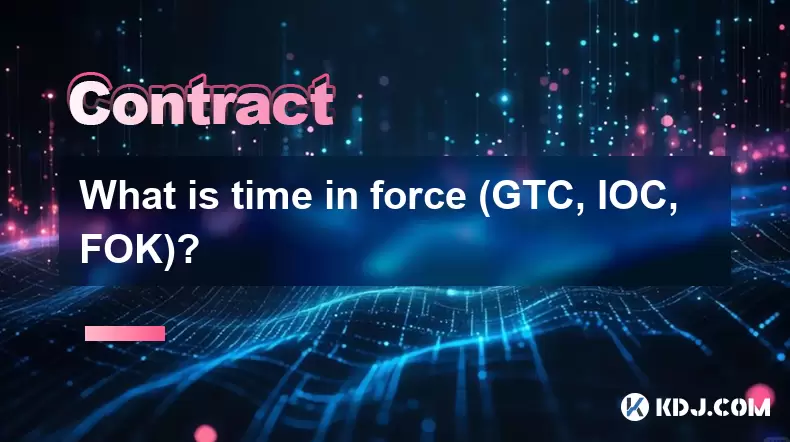-
 Bitcoin
Bitcoin $118100
0.44% -
 Ethereum
Ethereum $3765
5.84% -
 XRP
XRP $3.498
3.12% -
 Tether USDt
Tether USDt $1.000
0.00% -
 BNB
BNB $753.2
3.41% -
 Solana
Solana $181.7
3.58% -
 USDC
USDC $0.9999
0.01% -
 Dogecoin
Dogecoin $0.2704
12.75% -
 Cardano
Cardano $0.8684
5.85% -
 TRON
TRON $0.3151
-0.86% -
 Hyperliquid
Hyperliquid $46.06
4.51% -
 Stellar
Stellar $0.4695
2.48% -
 Sui
Sui $3.910
3.18% -
 Chainlink
Chainlink $19.36
6.65% -
 Hedera
Hedera $0.2750
3.99% -
 Bitcoin Cash
Bitcoin Cash $544.6
6.31% -
 Avalanche
Avalanche $25.12
3.69% -
 Shiba Inu
Shiba Inu $0.00001559
5.40% -
 Litecoin
Litecoin $116.8
5.10% -
 UNUS SED LEO
UNUS SED LEO $8.991
0.05% -
 Toncoin
Toncoin $3.283
2.79% -
 Polkadot
Polkadot $4.509
3.97% -
 Uniswap
Uniswap $10.67
6.58% -
 Ethena USDe
Ethena USDe $1.001
-0.01% -
 Monero
Monero $323.2
0.48% -
 Pepe
Pepe $0.00001410
6.37% -
 Bitget Token
Bitget Token $4.964
1.93% -
 Dai
Dai $0.9998
-0.01% -
 Aave
Aave $326.2
3.85% -
 Bittensor
Bittensor $421.8
2.46%
Funding rate of Bitcoin contracts
The funding rate for Bitcoin contracts acts as a dynamic incentive mechanism, adjusting periodically to keep the perpetual contract price in line with the spot price of Bitcoin.
Nov 15, 2024 at 10:26 am

Funding Rate of Bitcoin Contracts
The Funding Rate is a periodic payment made between traders who hold long and short positions in a perpetual contract. It aims to maintain the price of the perpetual contract close to the spot price of the underlying asset. When the funding rate is positive, long contract holders make payments to short contract holders. Conversely, when the funding rate is negative, short contract holders make payments to long contract holders. The funding rate is typically calculated and paid every eight hours.
The funding rate is determined by several factors, including:
- The difference between the perpetual contract price and the spot price of the underlying asset: When the perpetual contract price is significantly higher than the spot price, the funding rate will be positive to incentivize long contract holders to close their positions and vice versa.
- The demand for long and short positions: When there is more demand for long positions than short positions, the funding rate will be positive. This is because long contract holders are willing to pay a premium to maintain their positions. Conversely, when there is more demand for short positions than long positions, the funding rate will be negative.
- The cost of borrowing the underlying asset: The funding rate can also be affected by the cost of borrowing the underlying asset. When the cost of borrowing is high, long contract holders will be less likely to open new positions, leading to a negative funding rate. Conversely, when the cost of borrowing is low, long contract holders will be more likely to open new positions, leading to a positive funding rate.
How to Calculate the Funding Rate?
The funding rate is typically calculated as follows:
FR = (Premium Index – Spot Index) / 8
- Premium Index: The index price of the perpetual contract.
- Spot Index: The index price of the underlying asset.
How to Use the Funding Rate?
Traders can use the funding rate to gauge market sentiment and make trading decisions. For example, a positive funding rate indicates that the market is bullish on the underlying asset. This can encourage traders to open long positions or close short positions.
Conversely, a negative funding rate indicates that the market is bearish on the underlying asset. This can encourage traders to close long positions or open short positions.
However, it is important to note that the funding rate is just one factor that traders should consider when making trading decisions. Other factors, such as technical analysis and market fundamentals, should also be taken into account.
Disclaimer:info@kdj.com
The information provided is not trading advice. kdj.com does not assume any responsibility for any investments made based on the information provided in this article. Cryptocurrencies are highly volatile and it is highly recommended that you invest with caution after thorough research!
If you believe that the content used on this website infringes your copyright, please contact us immediately (info@kdj.com) and we will delete it promptly.
- NFT Performers in Flux: Pudgy Penguins, Courtyard, and the Shifting Sands of the Market
- 2025-07-21 10:30:12
- Dogecoin & Meme Coins in 2025: Hype or Hyper-Growth?
- 2025-07-21 08:30:12
- China, Brain Tech, and Neuralink: A Race to the Future?
- 2025-07-21 09:09:37
- Binance Futures: Bitcoin Shorting Imminent? A Contrarian's Take
- 2025-07-21 09:10:25
- XRP Price Spike: Is This the Cryptocurrency's Big Breakout Moment?
- 2025-07-21 09:15:12
- Meme Coins with 10x Potential: Presale Mode and the Next Big Thing
- 2025-07-21 08:30:12
Related knowledge

What is a maker vs a taker fee?
Jul 19,2025 at 01:14am
Understanding the Basics of Cryptocurrency Exchange FeesIn the world of cryptocurrency trading, maker vs taker fees are a fundamental concept that eve...

How to analyze Bitcoin futures data from CME?
Jul 19,2025 at 05:22pm
Understanding Bitcoin Futures on CMEBitcoin futures on the CME Group (Chicago Mercantile Exchange) represent a regulated financial instrument that all...

Common mistakes in crypto futures trading
Jul 20,2025 at 09:56pm
Overleveraging Without Risk ManagementOne of the most common mistakes in crypto futures trading is overleveraging. Traders often believe that using hi...

How to understand the liquidation price?
Jul 19,2025 at 10:00pm
What Is a Liquidation Price in Cryptocurrency Trading?In the realm of cryptocurrency futures and margin trading, the liquidation price refers to the s...

What is the maximum leverage for Bitcoin futures?
Jul 20,2025 at 03:42pm
Understanding Leverage in Bitcoin FuturesLeverage in Bitcoin futures refers to the use of borrowed capital to increase the potential return on investm...

What is time in force (GTC, IOC, FOK)?
Jul 19,2025 at 08:57am
Understanding Time in Force in Cryptocurrency TradingIn the world of cryptocurrency trading, the Time in Force (TIF) is a crucial parameter that deter...

What is a maker vs a taker fee?
Jul 19,2025 at 01:14am
Understanding the Basics of Cryptocurrency Exchange FeesIn the world of cryptocurrency trading, maker vs taker fees are a fundamental concept that eve...

How to analyze Bitcoin futures data from CME?
Jul 19,2025 at 05:22pm
Understanding Bitcoin Futures on CMEBitcoin futures on the CME Group (Chicago Mercantile Exchange) represent a regulated financial instrument that all...

Common mistakes in crypto futures trading
Jul 20,2025 at 09:56pm
Overleveraging Without Risk ManagementOne of the most common mistakes in crypto futures trading is overleveraging. Traders often believe that using hi...

How to understand the liquidation price?
Jul 19,2025 at 10:00pm
What Is a Liquidation Price in Cryptocurrency Trading?In the realm of cryptocurrency futures and margin trading, the liquidation price refers to the s...

What is the maximum leverage for Bitcoin futures?
Jul 20,2025 at 03:42pm
Understanding Leverage in Bitcoin FuturesLeverage in Bitcoin futures refers to the use of borrowed capital to increase the potential return on investm...

What is time in force (GTC, IOC, FOK)?
Jul 19,2025 at 08:57am
Understanding Time in Force in Cryptocurrency TradingIn the world of cryptocurrency trading, the Time in Force (TIF) is a crucial parameter that deter...
See all articles

























































































